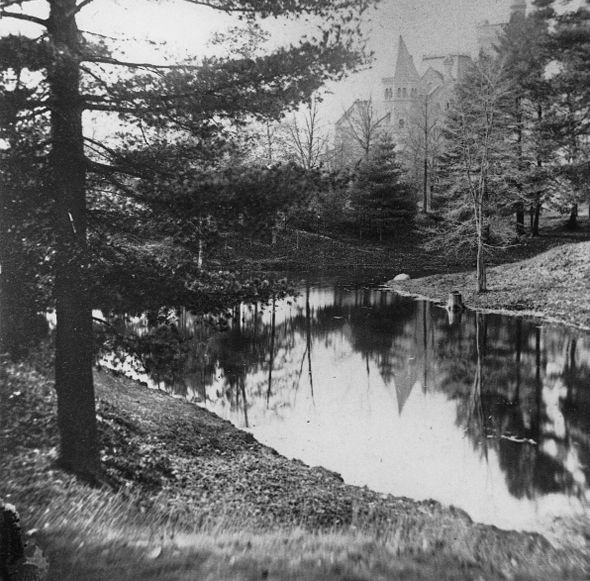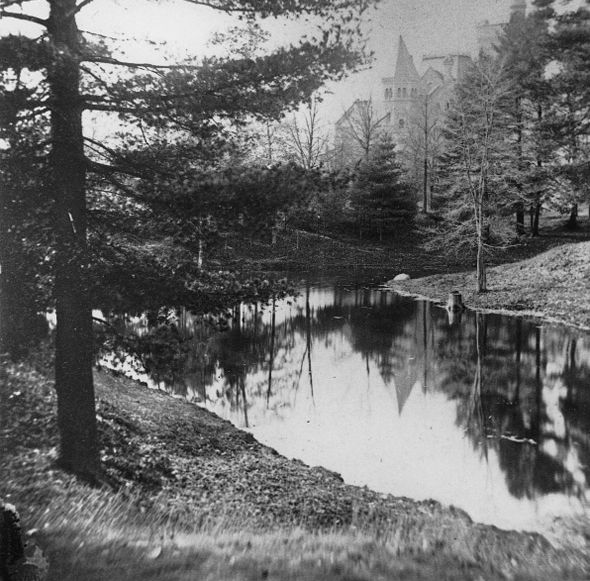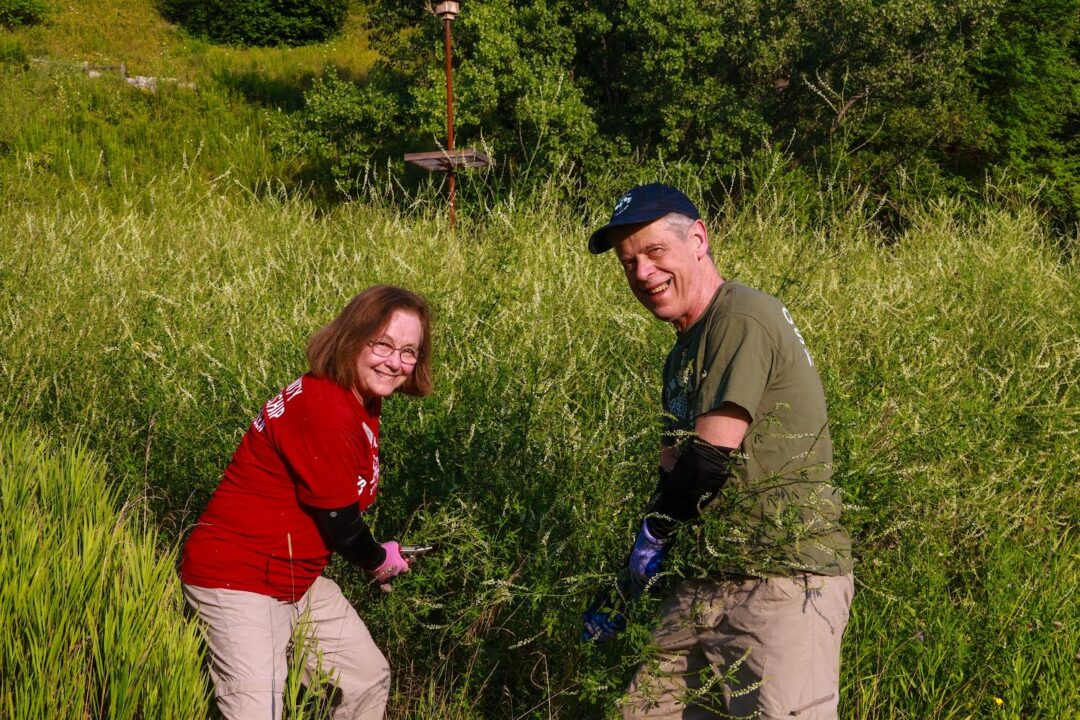Dennis Hanagan –
walk on sidewalks and crossroads in their neighbourhoods, do they know they’re walking on water?
“Few of us make the connection between dead-end streets, wet basements, snaking streets, parks with steep banks ‒ and the now buried rivers that flow through the city,” says Helen Mills on her website Lost Rivers (lostrivers.ca).
Mills is the founder of Lost Rivers, a Toronto Green Community program that supports volunteer-guided walks explaining local history, geography, environmental issues and, of course, Toronto’s lost rivers.
For thousands of years following the last ice age, these waterways flowed open to air and were a source of food, water and transportation for Indigenous peoples.
“The oldest ones are probably 12 or 13,000 [years old] and then the youngest ones 10 to 11,000. They were flowing at the same time as mastodons and mammoths were still around,” Mills told the bridge.
Early Toronto (known until 1834 as Muddy York) used these waterways as open sewers, giving rise to the spread of cholera and typhoid. Later in the 1800s, these creeks and streams were corralled and buried in deep underground pipes, some in storm sewers and some in combined storm and sewage sewers.
“The early sewers were basically wooden boxes lined sometimes with lead,” Mills said. Some creeks were simply built over, leaving ground water that today can cause basement flooding in a heavy downpour. Another reason for burying them was that the growing city needed more land for development.
Mills learned of these ancient waterways through a first-year physical geography course at the University of Toronto and from a paper called A Look at an Airphoto by U of T Professor Emeritus J.K. Spelt. It revealed an out-of-sight waterway in the Moss Park area.
On her website Mills says, “I was mesmerized, galvanized, horrified, as I realized what we had done, what we had lost through the burial of this and other creeks.”
On a freezing winter evening in 1995 at a meeting of the Toronto Green Community, she raised the idea of mapping Toronto’s old waterways. From that she began her Lost Rivers Walks.
They’re not visible to the eye today, but some can still be heard. Put your ear to a selected sewer grate, and when the ambient traffic noise dies down you’ll hear them gurgling and splashing, still flowing while separated from the busy city above. At Gould and Victoria Streets near Toronto Metropolitan University, “there’s a very loud, exciting sewer noise,” says Mills.
Waterways that run through the Downtown East include Station Creek, Newgate Creek, Victoria Creek, Leader Creek, Court Creek, Cathedral Creek and Taddle Creek (a small section of which still runs openly in Wychwood Park). With a combined length of about 10.5 kilometres, they empty into Toronto Harbour.

An old photograph of Taddle Creek. Toronto Archives
Many of these ancient streams and creeks, birthed by aquifers, originate south of Queen Street. But Taddle Creek, by far the longest at six kilometres, starts at St. Clair Avenue West. Near Queen and Sherbourne Streets it joins a Moss Park Creek tributary flowing south from Church Street.
Toronto’s planning department had planned to report to City Council in 2024 about the potential to bring these historic watercourses back to the surface – daylighting them. That report is now expected to be made in late 2025 or early 2026.
Could daylighting occur while a construction project is underway, incorporating any creek discovered into the new development? Cited benefits of daylighting include cooling local environments, absorbing carbon dioxide and collecting stormwater to reduce flooding.
“The name for this is green infrastructure,” says Mills. “Unburying a creek is one of many strategies to try to heal the water cycle in the city and make it a little bit more eco-friendly and nature friendly, and not as devastating to Lake Ontario and the rivers at their end points.”
But there are physical limits to daylighting. “We’re probably not going to be digging up the Eaton Centre to get Taddle Creek back,” she concedes.




